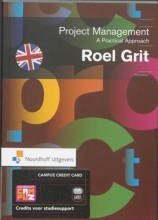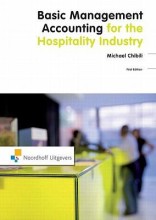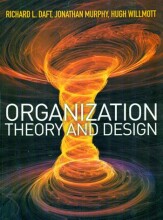Summary: Fundamentals Of Database System By Navathe | Navathe, et al
- This + 400k other summaries
- A unique study and practice tool
- Never study anything twice again
- Get the grades you hope for
- 100% sure, 100% understanding
Read the summary and the most important questions on Fundamentals of Database System by Navathe | Navathe,Elmsari
-
1 Database and Database users
This is a preview. There are 1 more flashcards available for chapter 1
Show more cards here -
1.1 Introduction
-
What is Database Manipulation?
DB Manipulation includes functions such as queyring the database to retrieve specific data, updating the database to reflect changes in miniworld and generating reports from data. -
1.2 An Example
-
What things we need to specify to define a database(DB)?
Structure of records of each file by specifying the different types of DATA ELEMENTS to be stored in each file. We also need to specify DATA TYPE(int,float,varchar etc.) to each record stored. -
1.3 Characteristics of the DB approach
-
Differences between File processing and DB approach?
In file processing each user separately defines and implements files needed for specific applications while in DB a single repository of data is maintained that is defined is once and then is accessed by various users. -
1.3.1 Self Describibg nature of a Database System
-
Explain working of a DBMS>
For example in a university database wheneever a request is made to access, say Name of the student record, the DBMS software refers to the catalog to determine the structure of student and position and size of Name data item within the student record. -
Differences in File processing software and DB software?
File processing software can access only specific Databases while DB software can access database definitions from the catalog and use catalog and then using these definitions. -
Mention a fundamental characteristic of DB>
A DB system not only contains DB itself but also a complete definition and description of database structure and constraints. -
What is contained in a catalog and what is meta-data?
Catalog contains structure of each file, the type of each file,storage format of each data item and various constraints on the data. Info stored in a Catalog is called META-DATA. -
1.3.2 Insulation between prgs and data, and data Abstraction.
This is a preview. There are 5 more flashcards available for chapter 1.3.2
Show more cards here -
What is program operation independence?
User application programs can operate on the data by invoking the operations through their names and arguments, regardless of how the operations are implemented. This may be termed program-operation independence. -
What is the special feature of implementation?
Implementation (or method) of the operation is specified separately and can be changed without affecting the interface -
How this characteristic make DB a better approach than file processing?
In traditional file processing, the structure of data files is embedded in the access programs, so any changes to the structure of a file may require changing all programs that access this file. By contrast, DBMS access programs do not require such changes in most cases. The structure of data files is stored in the DBMS catalog separately from the access programs. We call this property as PROGRAM DATA INDEPENDENCE.
- Higher grades + faster learning
- Never study anything twice
- 100% sure, 100% understanding
Topics related to Summary: Fundamentals Of Database System By Navathe
-
Database and Database users - Characteristics of the DB approach - Self Describibg nature of a Database System
-
Database and Database users - Characteristics of the DB approach - Insulation between prgs and data, and data Abstraction
-
Database and Database users - Characteristics of the DB approach - Sharing of data and multiuser Transaction Processing
-
Database and Database users - Actors on the scene - End Users
































